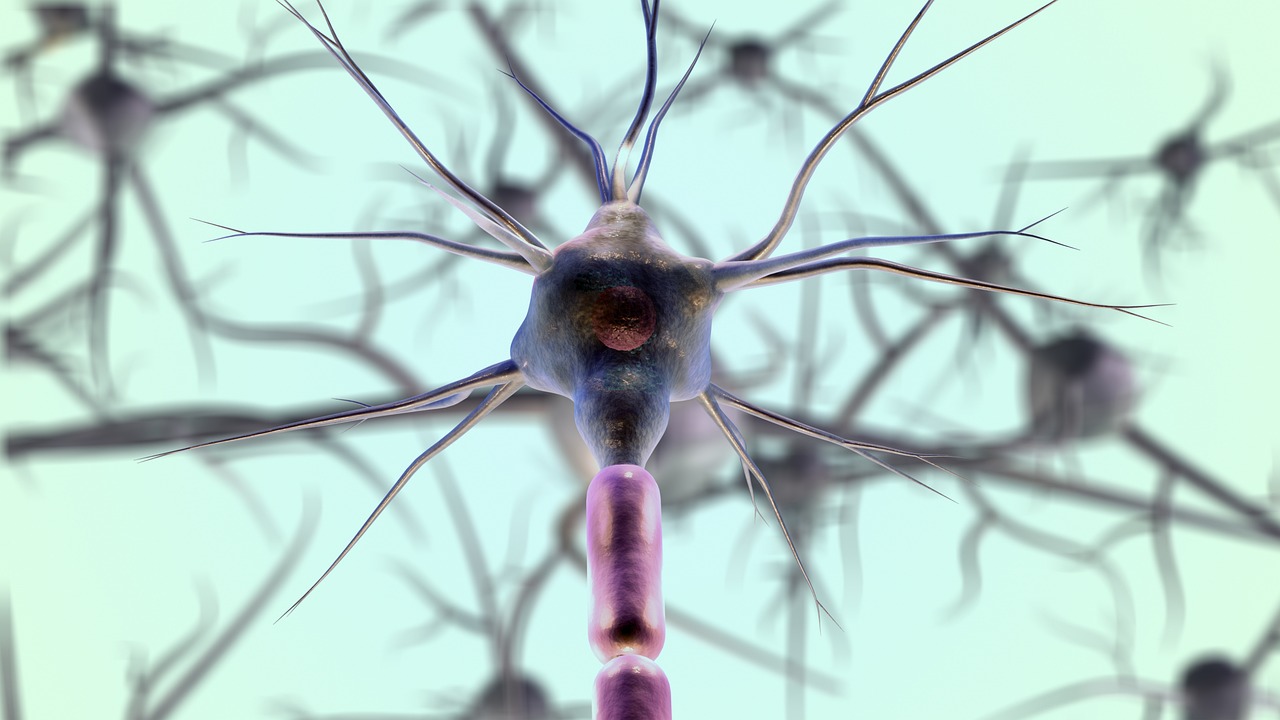Angina pectoris is the medical term for chest pain or heart cramps and discomfort due to coronary heart disease. The pain occurs when the heart muscle doesn’t get enough oxygen. This lack of oxygen usually happens when one or more of the coronary arteries of the heart is narrowed or blocked. This is also called ischemia.
In the beginning, you only notice the pain or discomfort when the heart has to work harder, such as during exercise. Later, you can also suffer from it in other situations.
The pain is often located in the middle of the chest behind the sternum, with radiation to the left arm or left jaw. Sometimes there is radiation to the right arm or both arms, fingers, neck, jaws, shoulders, back, or abdominal cavity.
Symptoms
The most common symptoms are:
- Feeling of pressure in your chest (like there is a heavy stone on it); it usually lasts a short time (5 minutes or less)
- Tight feeling in the chest
- Oppressive, constricting belt feeling around the chest
- Unpleasant burning sensation; it may feel like gas or indigestion
- It may feel like chest pain that spreads to the arms, back or other areas
- The pain or discomfort occurs when the heart must work harder, usually during physical exertion, emotional stress, or excessive exposure to heavy metals and chemical toxins (for example, when smoking)




